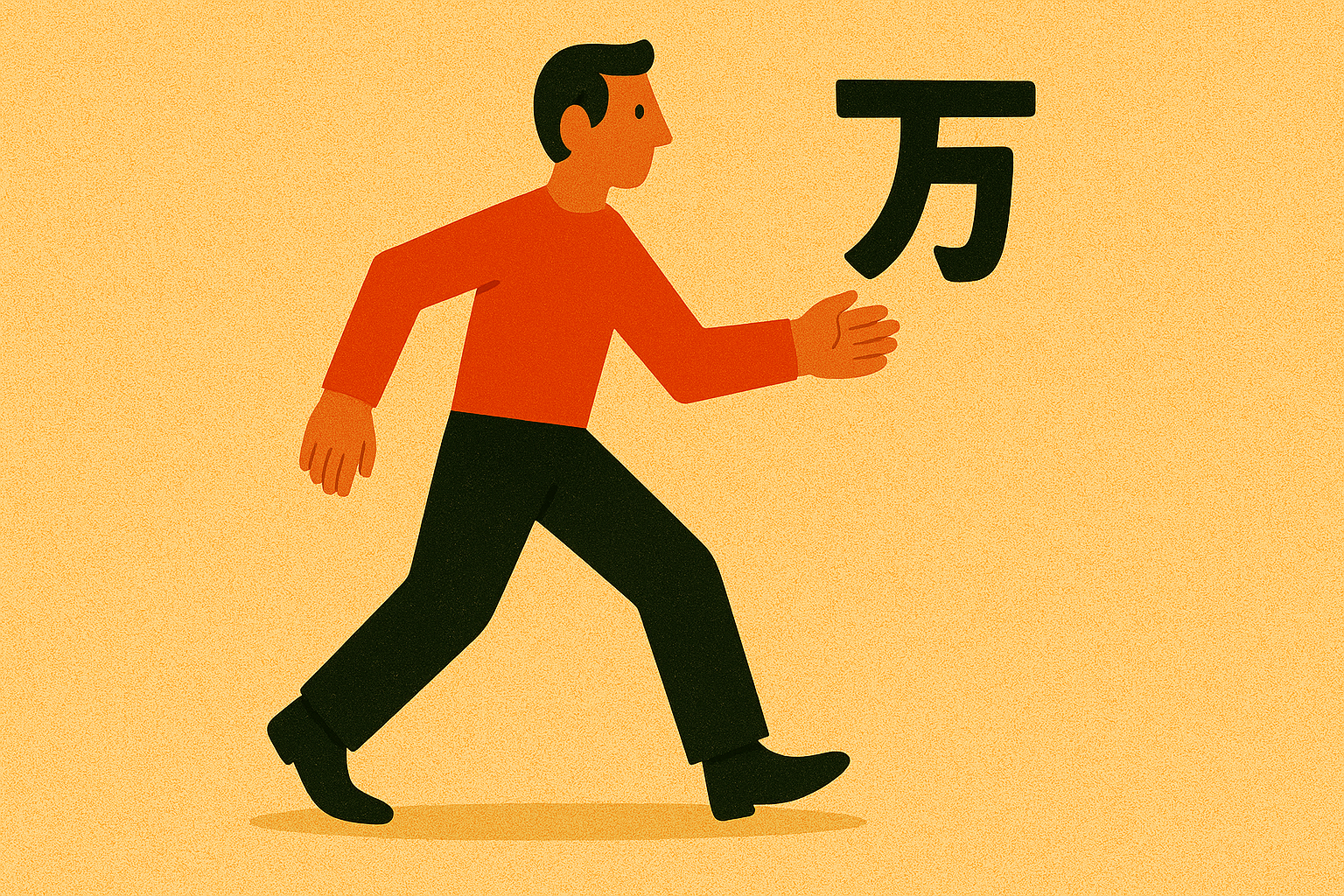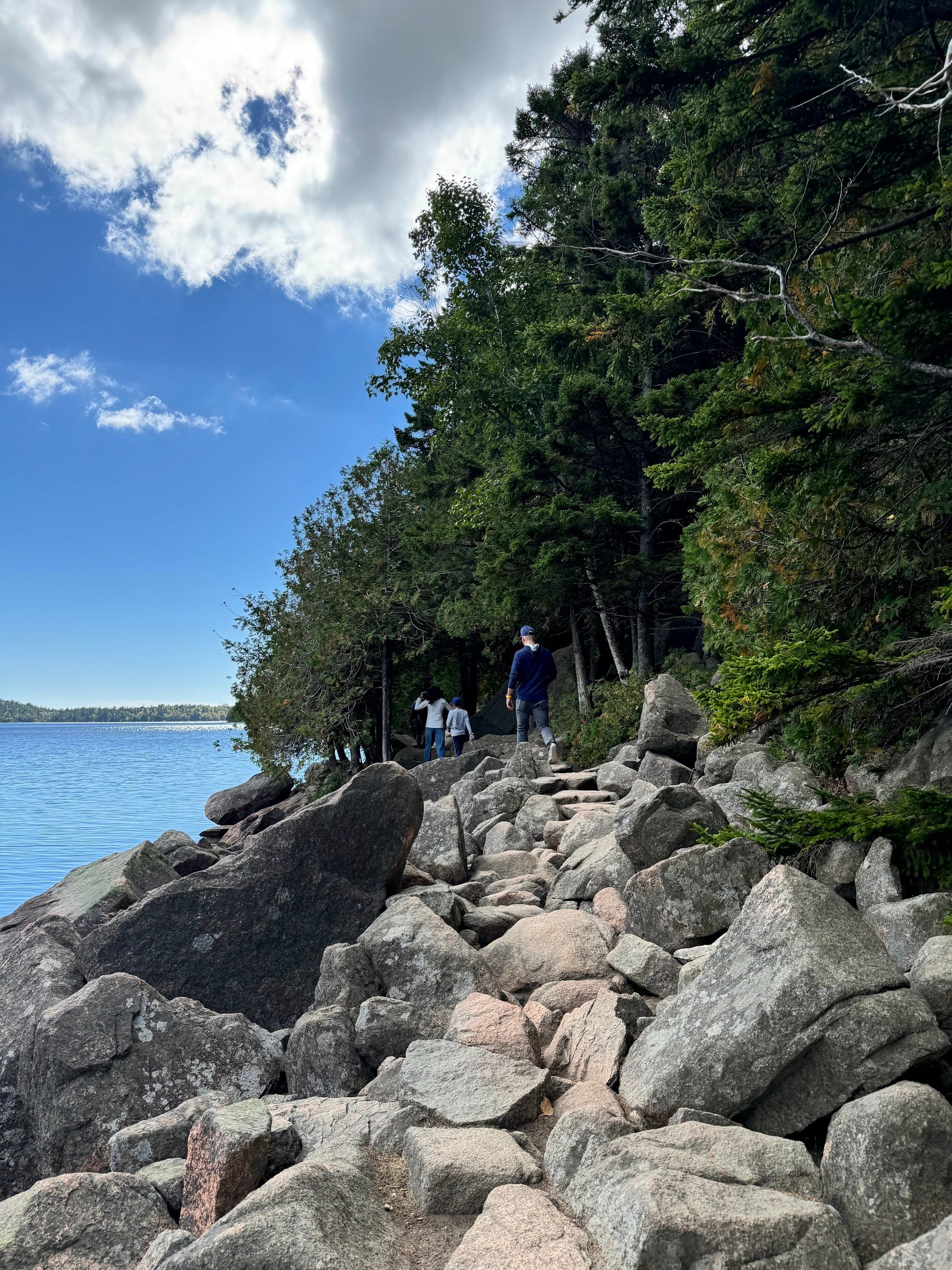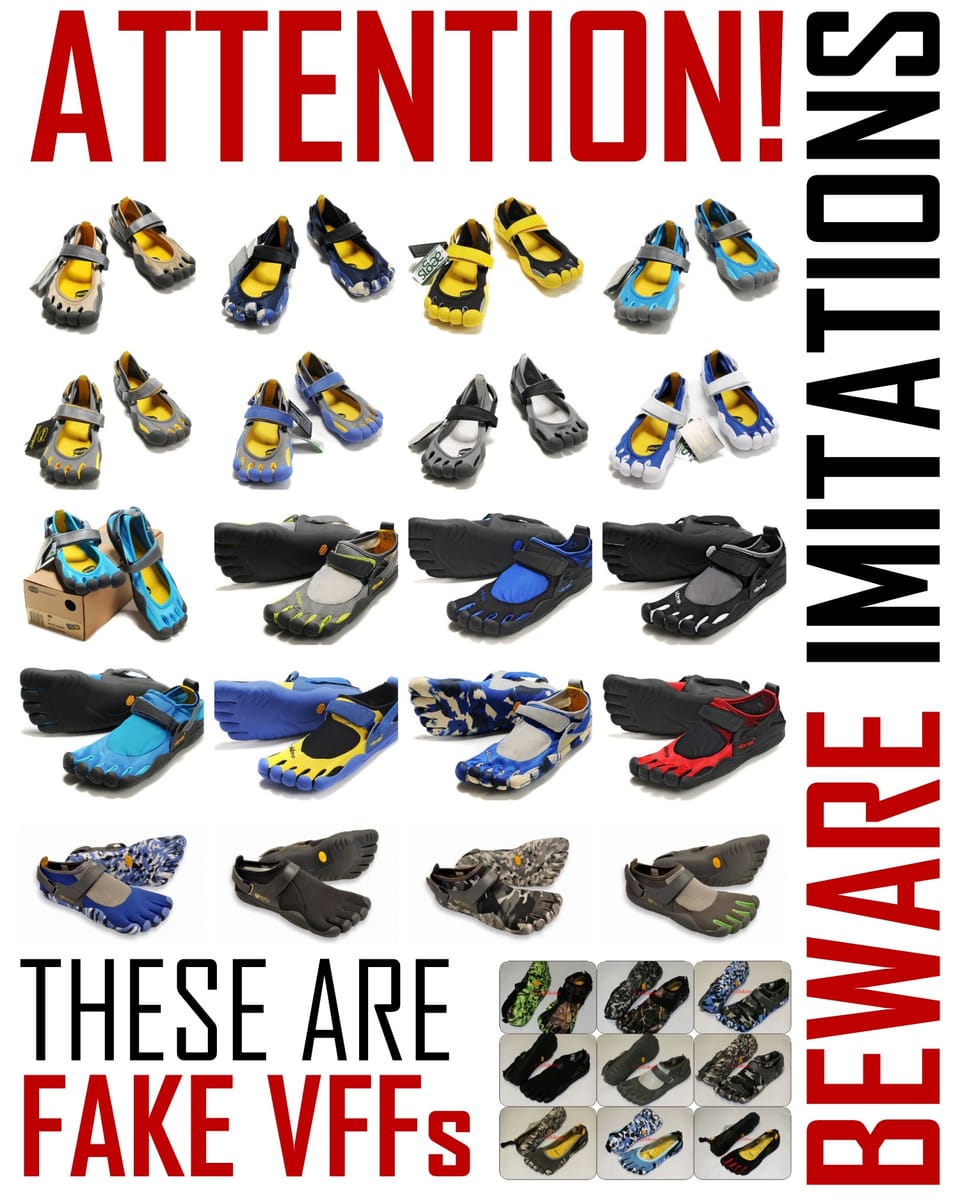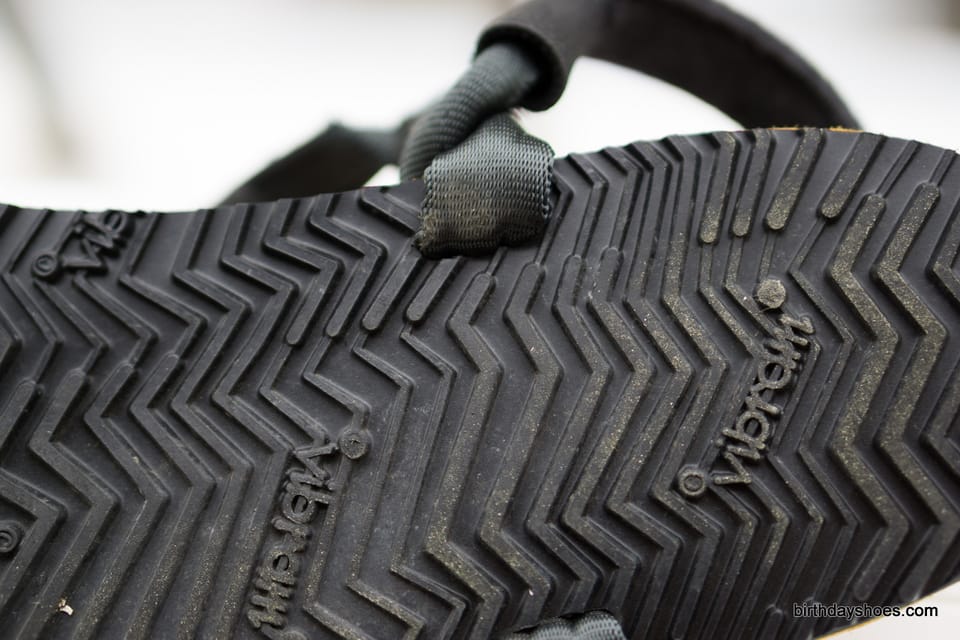How to Walk Barefoot
Most of us learned to walk in heeled shoes, but learning to walk barefoot or in barefoot shoes requires listening to your body and relearning biomechanics to minimize impact. Like a fox.
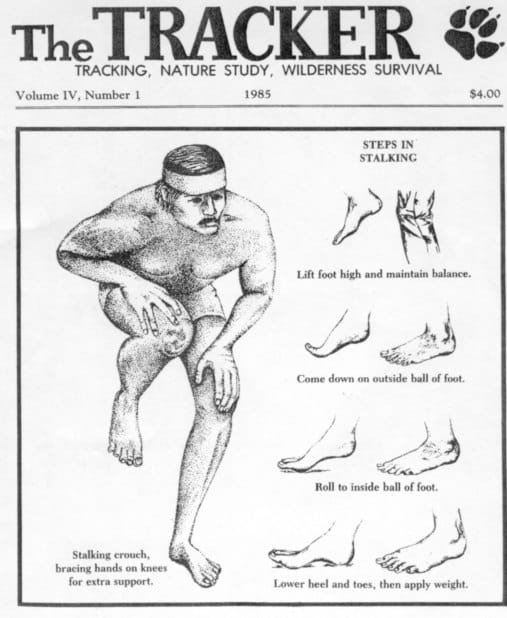
"How do I walk barefoot?"
As folks transition to barefoot shoes or other minimalist footwear, a common question arises: how do I walk barefoot?
For example, I received the following question in the mailbag yesterday:
Hi, my name is Ben and I'm a recent convert to Vibrams (black KSO's). I'm building up foot strength as well as calluses so I can run the NYC half marathon in them in August. I am also learning Pose running, which is very similar to running barefoot, as you land on your sole/midfoot.
I was wondering if you could run a poll or something asking how VFF wearer's walk in them. I notice that when walking in the VFF's, my heel strikes first, and since there is no real cushioning, it tends to hurt a little bit after a long walk, especially when walking around fast. Do people walk with their soles striking first? I've tried walking more softly, but when moving fast but not yet running, the heel strike feels noticeable.
Thanks and keep up the really cool site!
–Ben
Ben,
Thanks for writing in and you'll have to keep us updated on your half-marathon training a la POSE. I'd like to learn some POSE basics at some point! As for your request for a poll, you got it. Here are the results of a (2010) poll on this subject:
How do you walk in your Vibram FiveFingers?
According to a poll, people who wear FiveFingers walk with a midfoot (or forefoot) strike, but many can't tell. And a few others heel-strike.
Total Votes: 61
- I strike midfoot first and then touch with my heel.: 54% (33)
- I heel-strike (hit the ground heel-first).: 26% (16)
- My foot hits the ground pretty flat so it's hard to tell.: 20% (12)
"Strike" may be the wrong word for it entirely. The key in walking without padding underfoot is to walk gently — lightly.
If you feel a reverberating wave of force travel up your leg when you walk, you're probably walking too hard and you need to shorten your gait or learn to land more softly.
Walk like a fox.

Barefoot and barefoot-shod walking experiences
In recanting his initial experiences with FiveFingers Julien described walking as feeling as though he was on a catwalk.
From personal experience experimenting with different walking methods in FiveFingers, one method I tend to use the most is taking short steps and landing midfoot, and when you do this, you do feel a bit like an animal — a cat or a fox — gliding across the ground quickly and effortlessly.
When I switched to wearing Vibram FiveFingers almost all of the time every day, I noticed I had to relearn to walk — particularly as at the time, I was doing a lot of home goods shopping (meaning I was at places like Target and Ikea which have concrete floors). My regular walking style was leaving my feet hurting.
I needed to walk more softly.
On "Fox Walking"

It might be of interest to look into the art of "Fox Walking." Tell me this doesn't sound "right" when it comes to walking barefoot (The Tracker Magazine - Vol 4 No. 1, 1985):
In fox walking, the energetic contact with the earth as the energy flows through the legs, into the feet, and into the earth gives one a feeling of being "grounded" or having your feet on the ground or "having a clear head." Literally in fox walking as the energy moves downward, the earth draws the energy out of the body. This same energy going in reverse can go into excessive thinking, anxiety, or as Freud would say "neurosis." (Being out of the movement) It is interesting that it seems the further out of the movement we are the more neurotic and less happy we are. This opens up the possibility of using fox walking, and for that matter Toms entire course, with people that are having emotional problems. (It certainly has worked to change peoples lives.) Another possibility is to see if people doing fox walking go into alpha or other states of consciousness by using portable monitors. Subjectively, I personally feel a much deeper state of consciousness when I fox walk.
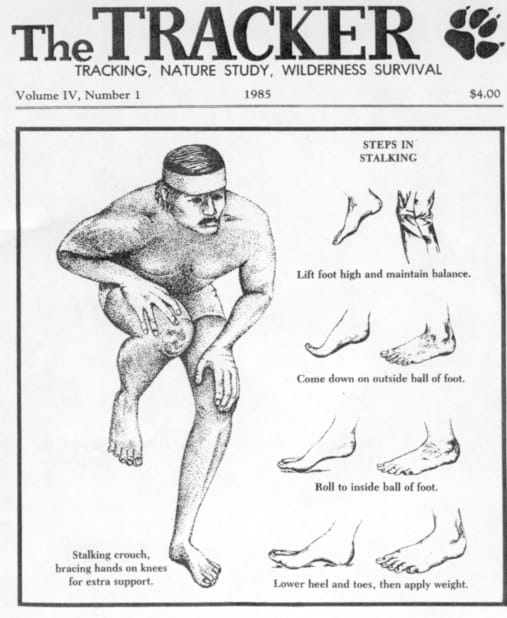
What is fox walking? WriterByNature.com (Source — site no longer active) explained it as follows:
It’s placing your foot on the ground BEFORE you put your weight on it, so that your center of gravity is in your hips. It forces you to take shorter strides. In slow-motion you would.
- Touch the outside edge of your foot to the ground.
- Roll your foot inward until it is flat on the ground.
- Before adding your weight, is there a sharp stone, a rounded branch or any other object that would make a noise or irritate your foot?
- If so, reposition your foot.
- Transfer your weight to your foot.
- Repeat with your other foot.
That's a lot of words.
Need a visual? Well, while us people aren't foxes, observe how a fox moves — graceful, delicate — and be like this fox:
Caught this fox outside our house. They are beautiful, graceful animals.
So how do you walk naturally (barefoot)?
Is there a firm answer to this question? Maybe not, but the concept sounds similar to that for how to run naturally, i.e.:
Walk to minimize impact (and reduce likelihood of injury from a sharp stone or joint pain).
And like learning to run (find stories from minimalist runners here), doing a bit of actually-barefoot walking (not on grass but on surfaces like concrete or asphalt) can be a sharp teacher.
Originally published August 31, 2011. Updated March 2025.

